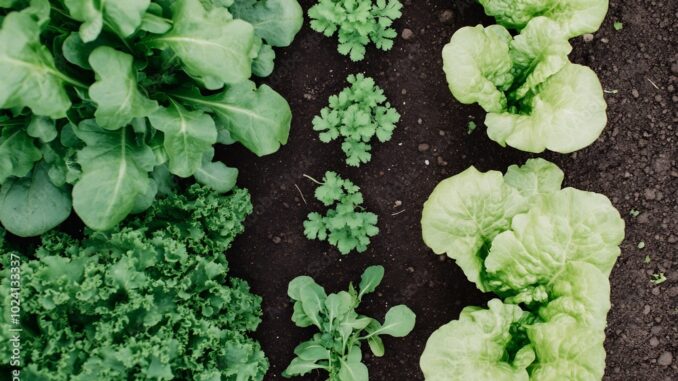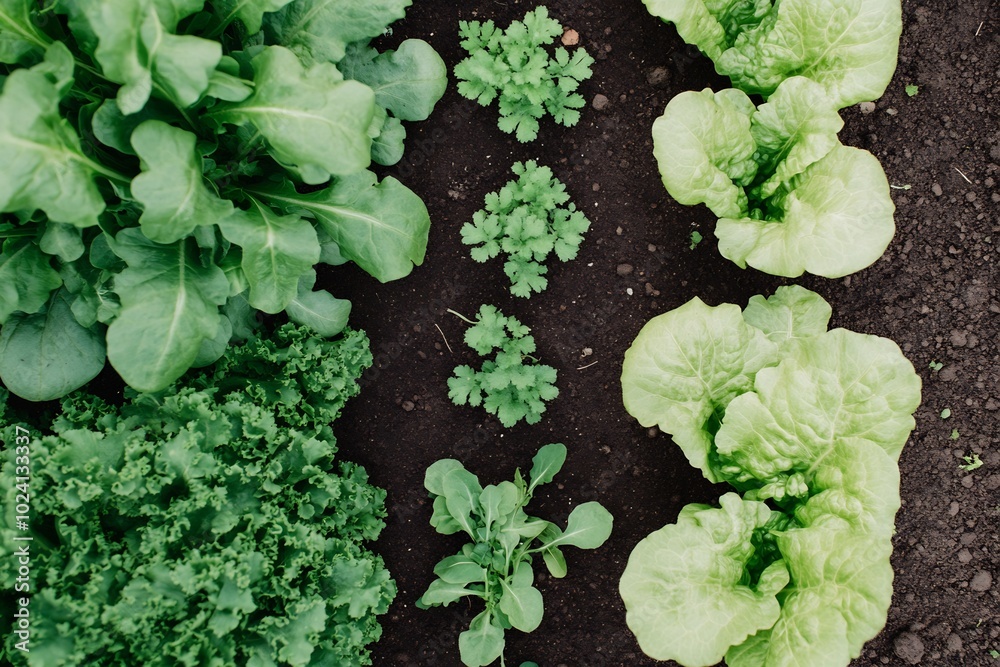
Crop diversification has emerged as a crucial strategy for enhancing agricultural resilience against climate change.
With the increasing unpredictability of weather patterns, pests, and diseases, diversifying the types of crops grown can mitigate risks while promoting sustainability and food security. By introducing a variety of crops into agricultural practices, farmers can not only sustain their livelihoods but also protect ecosystems and enhance biodiversity.
One fundamental strategy in crop diversification is the practice of intercropping. This involves growing two or more crops in proximity, which can lead to better resource utilization and reduced pest pressure. For example, pairing legumes with cereal crops can improve soil fertility due to the legume\'s ability to fix nitrogen, benefiting both crops. Additionally, intercropping can help to buffer against crop failure, as different species may thrive under varying environmental conditions, spreading the risk associated with climate change.
Crop rotation is another effective strategy that helps to maintain soil health and reduce the buildup of pests and diseases. By alternately planting different crops in the same field across seasons, farmers can break pest cycles and improve soil nutrient balance. This practice not only enhances resilience but also allows farmers to adapt to changing climate conditions, as choosing specific crops that are more tolerant to heat or drought in a given season can be a direct response to climatic stresses.

Implementing agroforestry systems adds another layer of resilience. By integrating trees into agricultural landscapes, farmers can benefit from multiple outputs, including fruit, timber, and shade, which can foster biodiversity and protect crops from extreme weather. Trees also play a vital role in carbon sequestration, helping to mitigate the impacts of climate change while improving soil structure and water retention.
Additionally, community-supported agriculture (CSA) initiatives encourage consumers to purchase shares in farms, promoting local crop diversity and reducing reliance on single-crop systems vulnerable to market fluctuations. By creating a direct link between farmers and consumers, these initiatives help to foster a deeper understanding of local food systems and encourage agricultural practices that are beneficial to both the environment and community resilience.
On a larger scale, research and development into climate-resilient crop varieties can support diversification efforts. Breeding programs focusing on traits such as drought tolerance, flood resistance, and nutritional quality can provide farmers with options that are better suited to changing climatic conditions. Investment in such research, along with the sharing of knowledge and resources among farmers, can empower local communities to adapt their practices and crop selections based on specific climate challenges they face.
Promoting policies that support crop diversification is essential. Government incentives for farmers who adopt diverse cropping systems can lead to broader societal benefits. These policies may include financial assistance, access to resources, and education on sustainable agricultural practices. By advocating for systemic changes that recognize the importance of resilience in food systems, stakeholders can contribute to a more stable future for agriculture.
Crop diversification presents a multifaceted approach to addressing the challenges posed by climate change. Through intercropping, crop rotation, agroforestry, community engagement, and the development of resilient varieties, farmers can enhance their adaptability while fostering sustainability. This holistic strategy not only secures food production but also protects the environment, ensuring that agricultural systems can withstand the uncertainty of a changing climate. Embracing crop diversification is not merely an agricultural choice; it is a vital step toward a more resilient and sustainable future for food systems worldwide.